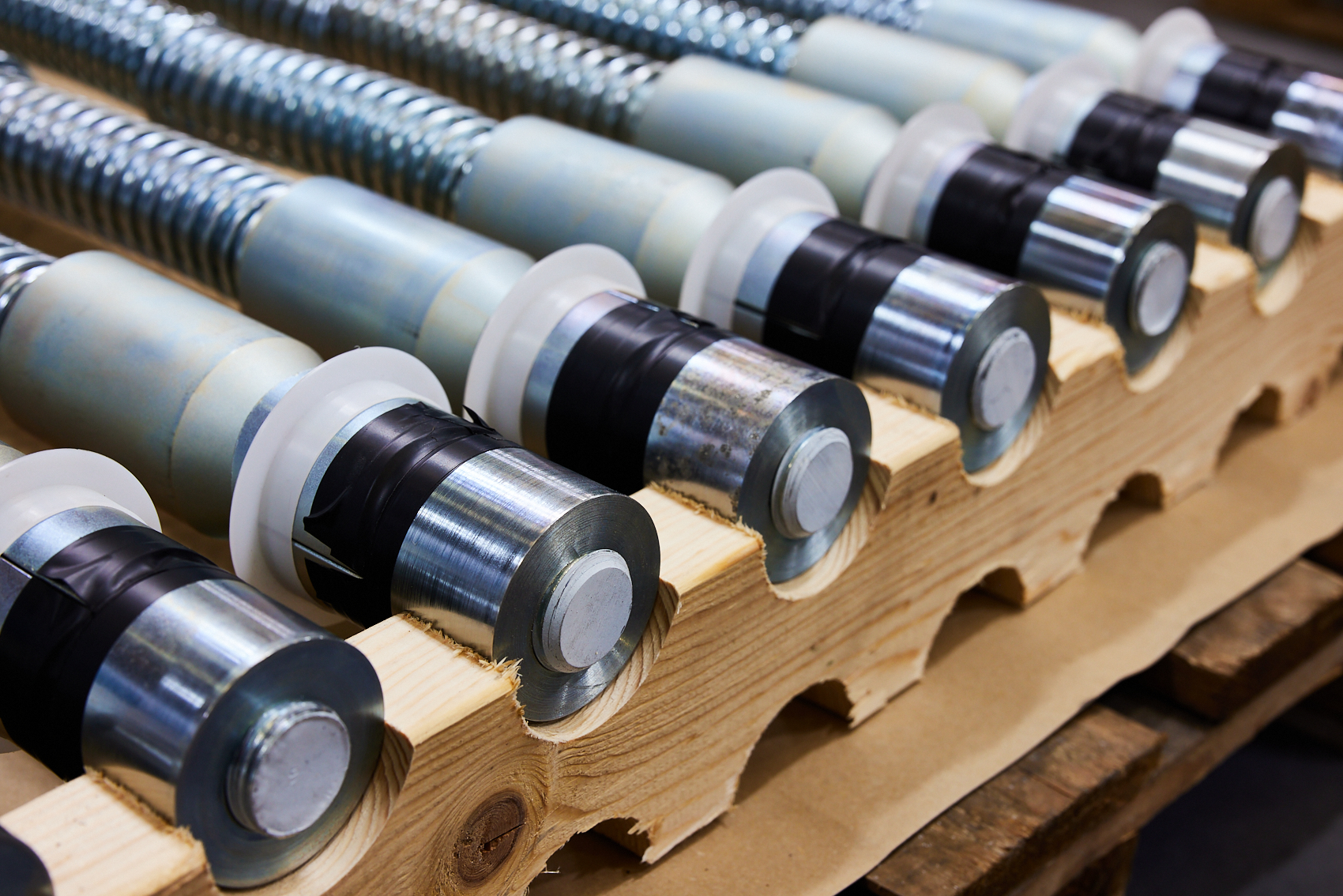
EJOT’s LIEBIG Ultraplus heavy-duty anchors have demonstrated in a recent GB£121 million project to create a new lifting bridge over the River Yare in Great Yarmouth that post-installation anchoring can offer performance equivalent to that of cast-in anchors, whilst also being better suited to the complexities of modern construction processes.
The twin bascule bridge’s construction process involved building cofferdams on both banks of the river which would house the machinery and mechanism required to lift, hold and lower each leaf of the bridge, all of which had to be securely anchored to the concrete. Construction of the cofferdams had to commence as soon as the project received the green light, which meant there was no scope for the extended design time that cast-in anchors would have demanded.
The design team, therefore, explored the potential for a post-installation anchoring solution to attach the baseplates of the bridge’s operating mechanism. Crucially, any anchors would have to be suitable for the concrete conditions within the cofferdam design and offer a very high load capacity.
Yorkshire-based engineering specialists Qualter Hall were consulted to help identify a post-installation anchor that would meet this demanding criteria, which they found with LIEBIG Ultraplus anchors.
For the Herring Bridge project, the design required EJOT to produce and deploy possibly the largest post installed mechanical anchors ever used in a civil engineering project. Two lengths of M36 size Ultraplus anchors were produced, with the longest being 1.45m in length and the shortest 1.09m, with both lengths being used on the same baseplates in an unconventional yet successful design approach.
It was an approach that, despite being incompatible with the product’s ETA (European Technical Assessment), satisfied the requirements of the globally respected ACI (American Concrete Institute) Building Code.
The Ultraplus anchor’s design is unique in the way that it transfers stress into the concrete extremely effectively. It also does this in a way that differs significantly from ‘normal’ post-installed anchors and other undercut anchors, including those intended to work like cast in anchors.
Demonstrating compliance with the ACI Building Code enabled Ultraplus anchors to be deployed in this bridge construction project with confidence and ensure a post-installation approach could be utilised. The advantages that stemmed from this meant the bridge’s design and construction time could be reduced, with subsequent cost benefits.
Find out more at: www.ejot.co.uk/cast-in_vs_post-install_anchors

Becca is the latest member to join our team and is eager to get stuck into the world of fasteners. She brings an enthusiastic and fresh outlook on what we do editorially and will be leading our social media activity – including sourcing material, editing articles and posting online.






